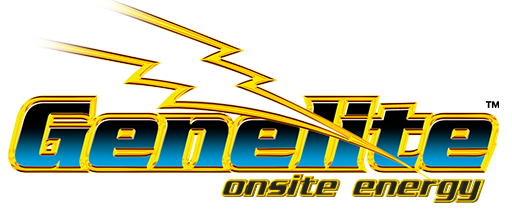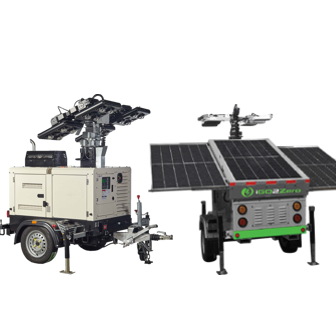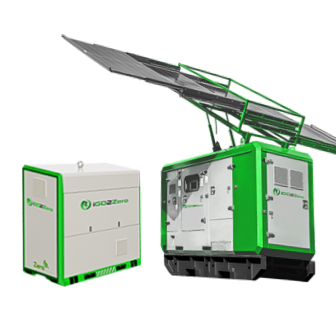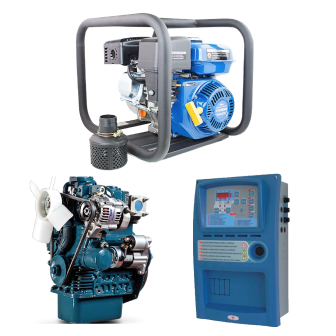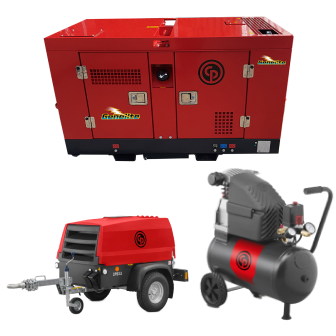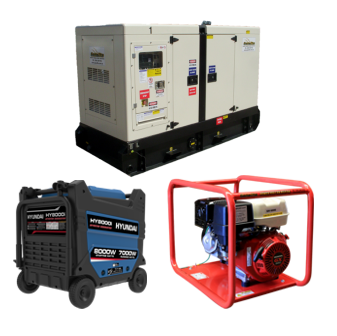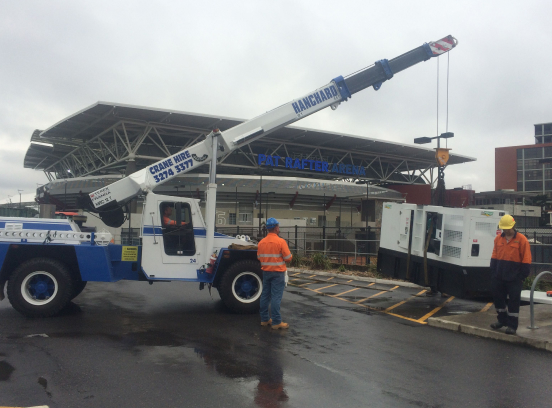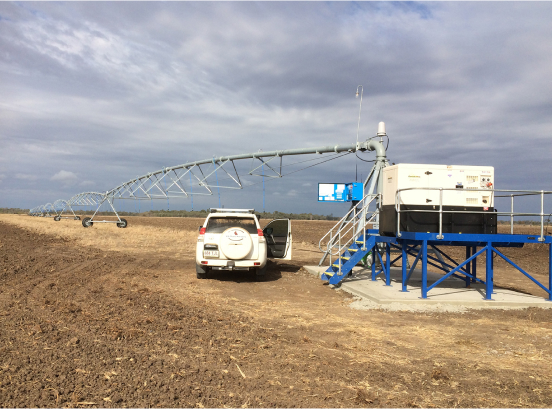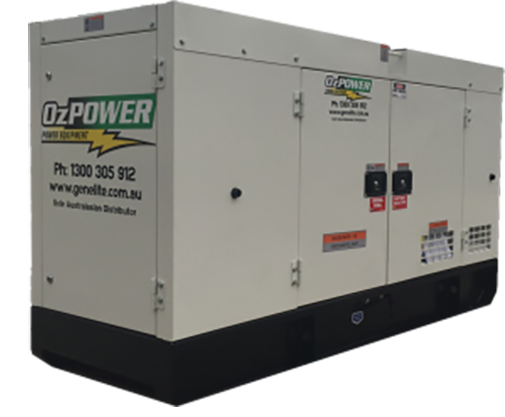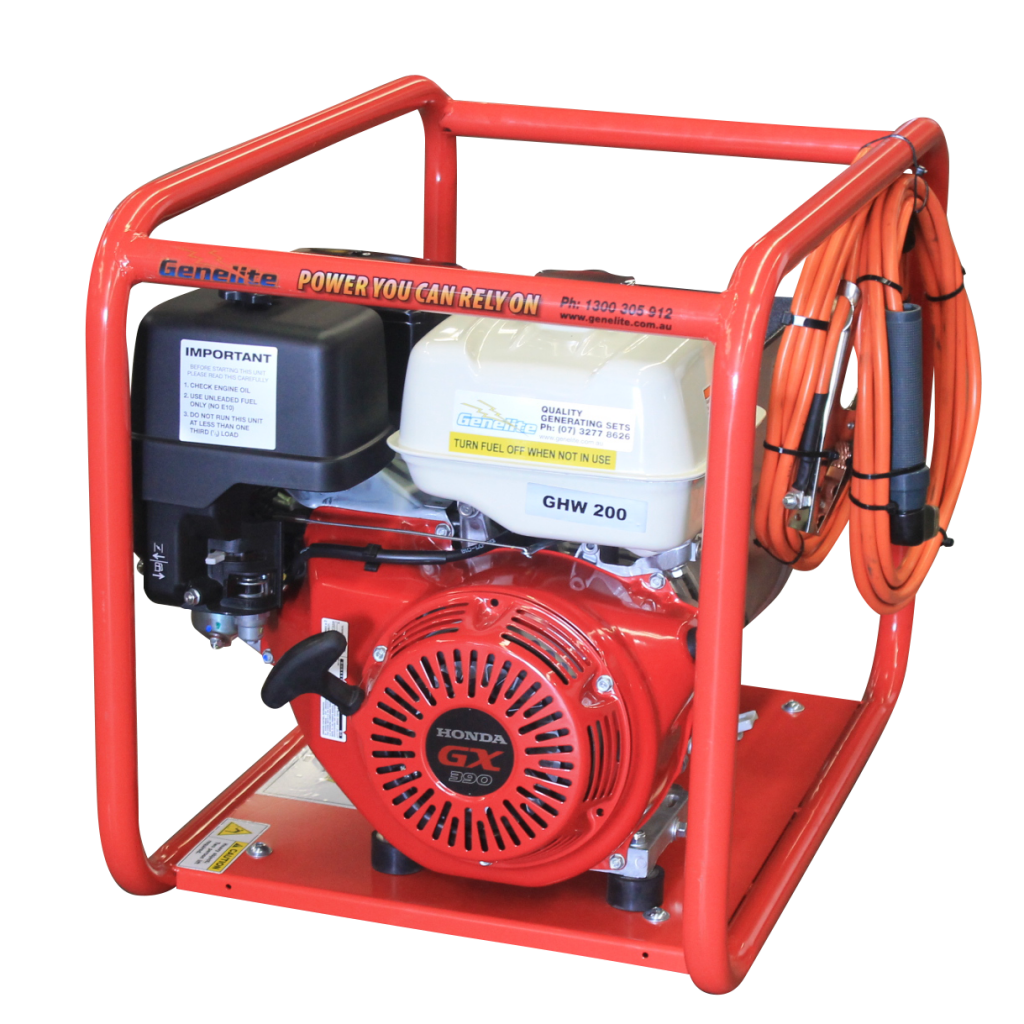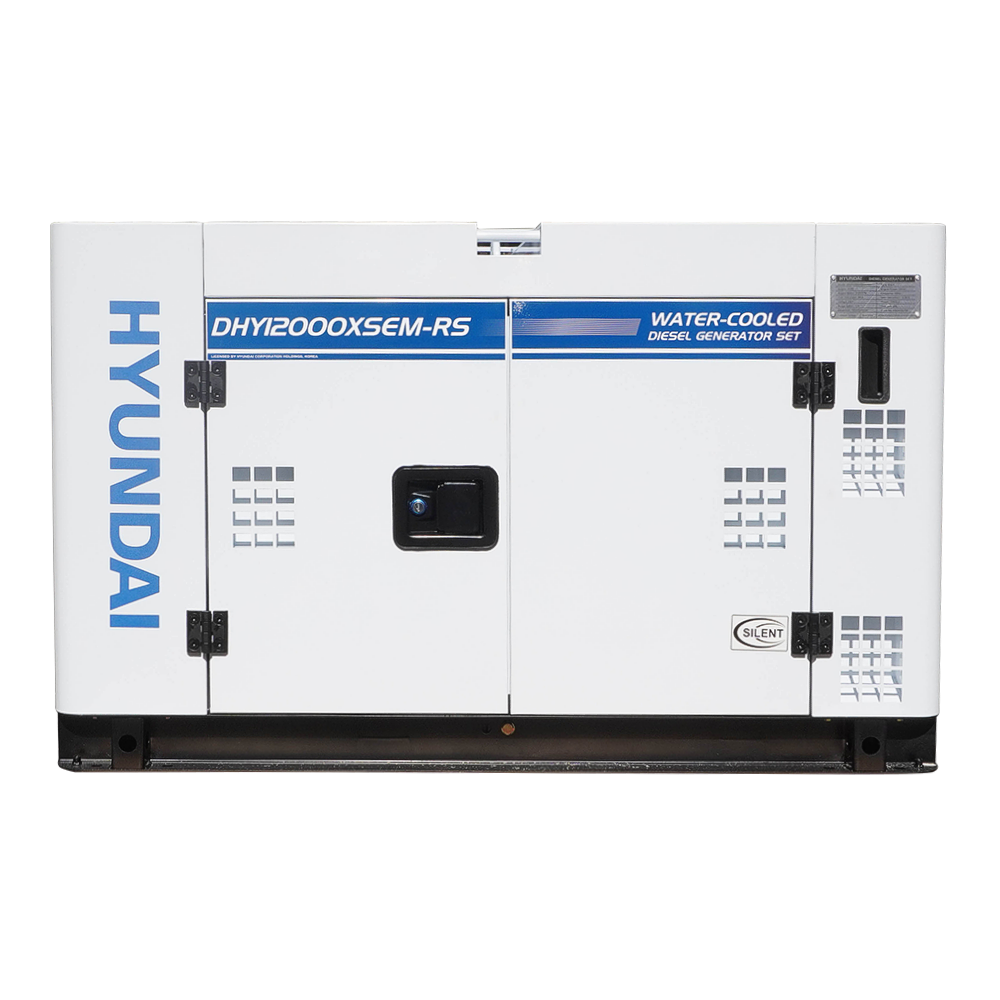
Genelite Buyers Catalogue
Enquire today & we will send you a copy of our Genelite Buyers Catalogue!

11kVA Kubota J310
In Stock
The Kubota J310 generator is a two-pole, partially enclosed, three-phase diesel generator with a capacity of 10kVA at 3000RPM. Available to work under a 415 voltage and run a current (A) of 13.9 amps per phase.
The Kubota J310 diesel generator is backed by our Kubota D722 engine, which makes it perfect for use in construction and agriculture. There’s also a 2-wire auto start kit available.
With a range run time of 12.1 hours at full load, the Kubota J310 diesel generator is the perfect solution to your business back-up power.
Specifications Sheets
Express Shipping: Emergency? Ask about immediate dispatch.
Finance Calculator
Product Description - J310 DIESEL GENERATOR
- High Output: The Vertical Diesel Engine, directly coupled to a two pole generator, ensures high output at minimal size and weight
- Skewed Rotor: The wave form deformation is kept to a minimum with the development of a skewed rotor while damper windings protect the generator during a short circuit
- Large Fuel Tank: The larger capacity fuel tank enables longer periods of operation on a single tank of fuel
- Enhanced Transportability: A single point lifting eyelet and forklift openings enhance the series’ transportability
- Access Terminals for AMF: New access terminals are provided for easy
 wiring with the auto start / stop systems
wiring with the auto start / stop systems - Easy Maintenance: Oil, water and filters are located on one side for ease of maintenance and a double air cleaner element provides extra peace of mind.
Product Specifications
Model
J310
Engine
Kubota D722
Max Output
11 kVA
Noise level
75 dB(A) @ 7m
Fuel Tank Capacity
37 litres
Dimensions
99.5 x 59.3 x 86 cm
Weight
255 kg
Product FAQs
General – Can I use this generator to charge my power tool batteries?
Charging battery packs is fine from a conventional generator, we’d recommend having a steady load on the generator and don’t connect appliances that will cause the load to jump around during charging.
Which is better generator diesel or petrol?
Diesel generators operate at much lower temperatures than petrol-fuel generators and decrease overall wear and tear associated with running a generator often for a longer period of time at much less rotation per minute.
Why is underloading a diesel generator a problem?
A diesel engine needs to operate under substantial load, to reach its optimum operating temperature. If it fails to reach this temperature, then a percentage of the fuel will be unburnt and a build-up of soot can occur.
Within the engine soot can cause internal glazing of the cylinder bores, sticking of the piston rings, reducing compression and the injectors are likely to have a build-up of carbon causing more unburnt fuel to pass through the combustion chamber into the exhaust.
The first sign of this problem is heavy smoke from the exhaust, eventually, the unburnt fuel will condense in the exhaust and mix with the soot, to create a thick dark liquid that looks like engine oil. This liquid will seep from the exhaust and will appear to be an oil leak. This liquid can build up in the exhaust silencer and there is the risk of it igniting from the increased heat of the exhaust fumes, if the generator is subsequently put under full load.
If a generator continues to be operated with no load or very light load there is a possibility that permanent engine damage can occur.
How to avoid underloading a diesel generator?
When specifying a new generator, ensure that the unit is adequate for the requirement, without being too large. If the machine is future proofed with additional capacity, or the existing installation is over capacity, a load bank testing programme must be implemented. The load bank should be used to create an artificial demand for between 75% and 100% of prime load and this, in most circumstances, will burn off carbon deposits, prolonging the life of the generator. Typically, the generator should be run at 75% of prime power for 2 hours in every 100 hours use.
Is it safe to store generator in garage in Australia?
Never use a generator in an attached garage, even with the door open. Place generators so exhaust fumes can’t enter the home through windows, doors or other openings; the exhaust must be directed away from the building.
What can cause a diesel generator not to start?
Four reasons why your generator fails to start:
- Battery Failure. One of the most common reasons a generator will not start is due to a battery failure.
- Low Coolant Levels. Without radiator coolant, an engine would soon overheat, leading to mechanical breakdown and engine failure.
- Bad fuel mix.
- Controls not in auto.
Is it normal for a diesel to smoke on start-up?
It is acceptable for all but the most modern diesels to experience white smoke at start-up. But this should disappear after the engine warms up.
How do you maintain a diesel generator?
Preventive maintenance should include a regular general inspection that includes checking the coolant level, oil level, fuel system, and starting system. The charge-air cooler piping and hoses should be inspected regularly for leaks, holes, cracks, dirt and debris that may be blocking the fins or loose connections.
Is it OK to let generator run out of diesel?
Generators should not be left to run until they are out of fuel. Running out of fuel may cause your generator’s coils to lose their magnetism. This happens because the appliances being powered drain the residual magnetism of the generator when the load is abruptly stopped.
What are the parts of diesel generator?
The main parts of a diesel generator:
- Diesel Engine.
- Fuel System.
- Voltage Regulator.
- Cooling System & Exhaust System.
- Lubrication System.
- Battery Charger.
- Control Panel.
- Main Assembly Frame or Skid.
Why do generators run at 1500 RPM?
Because 1500rpm diesel generators have slower running engines, which are less-stressed than the smaller models, they’re suitable for static installation for daily prime power, as well as for standby use. The lifespan of one of these generators can last for 10,000+ hours
